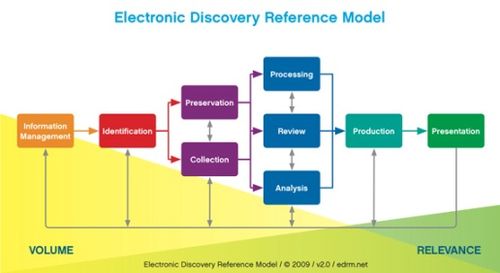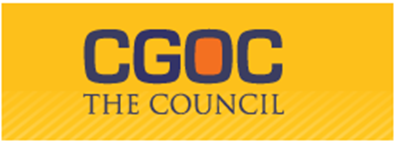eDiscovery Case Law: Inadvertent Disclosure By Expert Waives Privilege

In Ceglia v. Zuckerberg, No. 10-CV-00569A(F), (W.D.N.Y. Apr. 19, 2012) (the case where Paul Ceglia is suing claiming 84% ownership of Facebook due to an alleged agreement he had with Mark Zuckerberg back in 2003), New York Magistrate Judge Leslie G. Foschio ruled that an information technology expert’s inadvertent disclosure waived the attorney-client privilege where the plaintiff could not show that it (1) took reasonable steps to prevent the disclosure of the e-mail and (2) took reasonable steps to rectify the error once it discovered the disclosure.
This case involved a dispute over the authenticity of a contract, and in seeking assistance to resolve pretrial matters, the plaintiff filed this motion to compel and asserted, among other things, that the attorney-client privilege should protect an e-mail that was inadvertently disclosed to the defendants. The court set forth the standard under Federal Evidence Rule 502(b) that applies to whether an inadvertent disclosure waives a privilege: “the privilege will not be waived if (1) the disclosure is inadvertent; (2) the privilege holder took reasonable steps to prevent disclosure; and (3) the privilege holder took reasonable steps to rectify the error.” Furthermore, “‘the burden is on the party claiming a communication is privileged” to establish that it met these requirements and that “the opposing party will not be unduly prejudiced by a protective order.”
Because the plaintiff failed to “personally supervise” the actions of the information technology expert he had hired, despite that he understandably hired such an expert to assist him while he was out of town, he “also failed to take reasonable steps to prevent the inadvertent disclosure” of the e-mail. Judge Foschio suggested that instead the defendants could have had the expert “first forward any documents” so that the plaintiff “could have reviewed the documents to ensure there w[ere] no extraneous, privileged materials attached.” If the plaintiff needed to oversee the expert in person, the court admonished, he “should have made himself present to do so.”
Judge Foschio also found that the plaintiff did not take reasonable steps to rectify the inadvertent disclosure. Noting that “the delay in seeking to remedy an inadvertent disclosure of privileged material is measured from the date the holder of the privilege discovers [ ] such disclosure,” and that “[g]enerally, a request for the return or destruction of inadvertently produced privileged materials within days after learning of the disclosure is required to sustain this second element,” the court pointed out that the plaintiff not only waited more than two months to try to rectify the error but also offered no explanation for such a lengthy delay.
Moreover, Judge Foschio stated, “Plaintiff has utterly failed to offer any explanation demonstrating that protecting belated protection of the . . . email will not be unduly prejudicial to Defendants.” Thus, because the plaintiff failed to establish any elements of the test required under the evidentiary rules, any privilege that may have attached to the disputed e-mail was waived.
Case Summary Source: Applied Discovery (free subscription required).
So, what do you think? Should privilege have been waived or should the plaintiffs have been granted their request for the email to be returned? Please share any comments you might have or if you’d like to know more about a particular topic.
Disclaimer: The views represented herein are exclusively the views of the author, and do not necessarily represent the views held by CloudNine Discovery. eDiscoveryDaily is made available by CloudNine Discovery solely for educational purposes to provide general information about general eDiscovery principles and not to provide specific legal advice applicable to any particular circumstance. eDiscoveryDaily should not be used as a substitute for competent legal advice from a lawyer you have retained and who has agreed to represent you.




